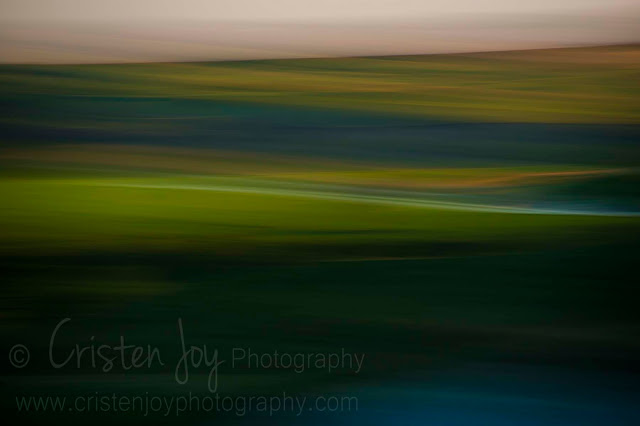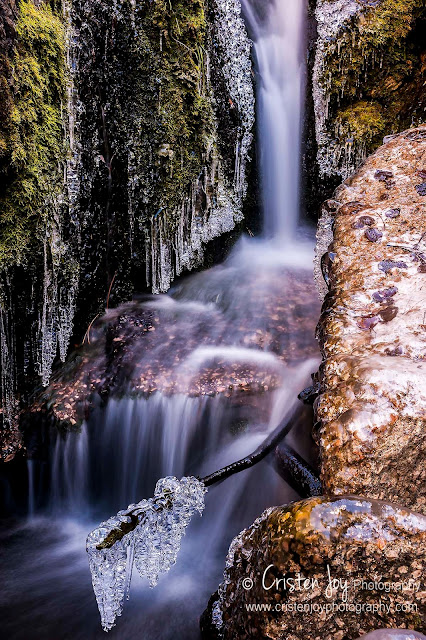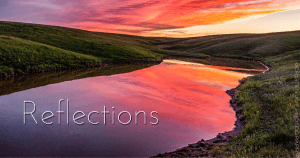The passion for photography was instilled in me by my parents.
Dad used to take lots of photographs with his 35mm SLR and Mom had the best little Kodak point-and-shoot that captured so many memories of my siblings and I as we grew up.
When I was 12, Mom passed on to me her older Kodak Instamatic camera with 110mm film. The flash was a cube with only four shots that weren’t reusable. I used to save my birthday and babysitting money in order to purchase film, more flash cubes and the developing of my photos. Every picture was costly for my very tiny budget. Looking back, mostly every picture was trash. At the time, it was exciting for me, but looking back at them now it’s laughable. I had some good subjects but my composition was all wrong and I had no idea about lighting.
In my early years of high school (back in the 90s), I had several jobs and purchased my first point and shoot with a built-in flash. I was moving up in the world! I ended up losing that camera at a gas station, it must have fallen out of the car. I was so devastated and crushed. I felt like I’d lost a close friend.
In my later years of high school, I purchased my first SLR. I had so much fun with that camera and its automatic settings. All I had to do was turn the dial to portrait, sports, landscape, etc and shoot. I had no idea about f-stop and shutter speed, but I learned about the differences in ISO and which brand of film I liked best. (Kodak had more warm tones and Fujifilm was more cool-early White Balance for all of you who’ve never shot with film). I preferred Kodak and generally stuck with 200-400 ISO.
My dream for post-high school education was to attend Brooks Institute of Photography in California, or the Art Institute in Chicago. The cost was much more than I was able to swing from all that I’d saved from my high school jobs and I didn’t want to take out a student loan. I needed to pay rent and other bills so full-time school went out the window as I took a job at a photography studio and then at a private Christian school as a receptionist.
A year or so out of high school I purchased my first “real” SLR, a Nikon N80. I still have it and will take it out for a spin every once in a while. With this camera, I enrolled in as many night photography classes as I could through the College of Lake County. I checked out books from the Library, subscribed to photography magazines and put into practice what I was learning any chance I got. I learned the fundamentals of my equipment (way before the ease of YouTube), of composition, of lighting, and I found a love for developing black and white in the dark room. To this day, the sound of the water running, the smell of the chemicals and the glow of the red safety light brings many fond memories!
Five years ago I took the plunge into digital photography and purchased a full frame Nikon D700. There was definitely a struggling period for awhile as I learned the new technology, like White Balance.
With going digital, that also required transferring all those techniques that I’d learned in my film darkroom days over to digital. There is so much to learn and the technology is constantly changing. I’m continuously learning. Lightroom, the digital darkroom, has been such a joy and an amazing tool as I’ve grown in the art of photography.
 |
| (This photograph was created using the technique of panning. You can read more about how I created it on this blog post.) |
Three things I’ve learned that have transformed the way I see photography:
1) Light – Being in the right lighting conditions truly makes or breaks a photograph. The middle of a sunny day, especially in the summer, was not made for color shooting but for eating lunch. I’ve been out shooting during this time of day for black and white, but more often than not during the day is best for scouting locations and then waiting until evening or early the next morning to shoot.
2) Patience – The art of good photography is patience: patience in learning the equipment and then in learning to use it well, patience in learning composition and in chasing the light, patience in waiting for the right season for the best shot of any given subject.
3) Knowing the equipment and keeping up with recent technology – get out of shooting in Auto and really know how your equipment works. Take a class, read books, watch YouTube videos.
 |
| (ISO 200, f/22, .5 seconds, +8 Neutral Density filter) |
Since I’ve been selling my work at art shows the past two years, I’ve begun to realize that there’s often misconceptions about what photography is. Picking up a camera and expecting great results, or thinking the bad photos that are taken can be fixed in Photoshop, is not going to make a great photographer. Just like Olympians spend hours weekly to train for their sport, or a musician practices hours in a day to perfect their art, so to a photographer must put the effort into learning the skill and using every possible means within the camera to do so.
A good photographer understands composition and will research what the best times of day are to shoot at a location. Photography requires a lot of time put into one shot. Sometimes there’s only one shot that is able to be achieved. Using all the skills that have been learned over the years will make it possible to capture that one shot before it’s gone.
So, the next time you admire a photographer’s work, consider what went into creating that photograph that you admire. As you scroll through Instagram or Facebook, Google Images, etc., remember how much time was put into creating that piece of art that you glanced at for a brief moment.
Photography is so much more than just picking up a camera and taking a picture. Anyone can create a picture, not everyone can create a worthy photograph.
 |
| (ISO 200, f/14, 2 sec, +8 Neutral Density Filter) |


